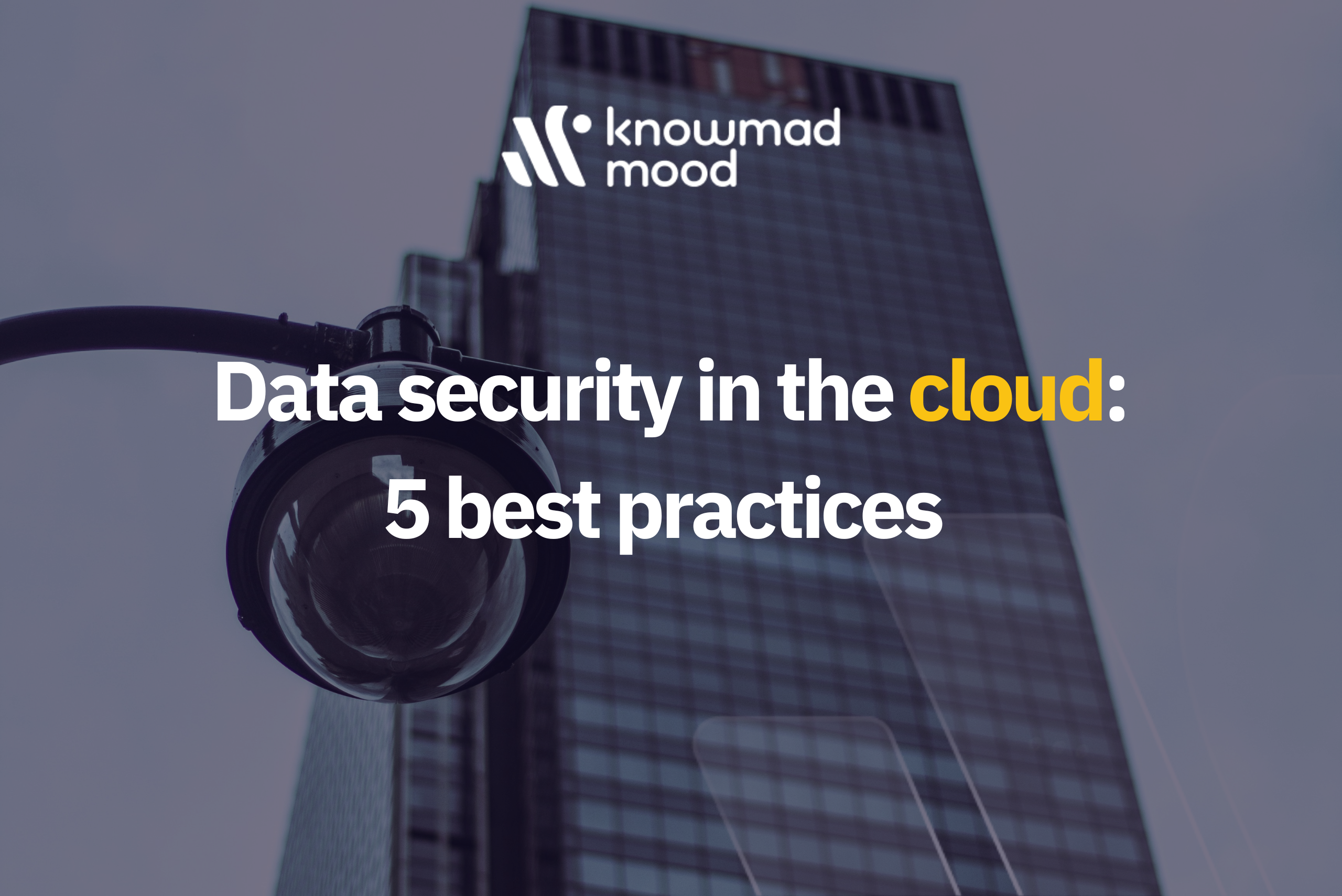
Data security in the cloud: 5 best practices
Data management today is a fundamental part of the strategies of organizations, since the volume of information they generate is increasing and so it is a process that is part of their daily activity. An essential part of this process is its storage, precisely at a time when companies are increasingly migrating to the cloud and, according to data from Eraneos, 49.2% of large Spanish companies plan to increase their investment in the cloud by more than 20% in 2024.
The security of the company’s data and critical information, especially information hosted in the cloud, is becoming a recurring concern for organizations, regardless of their size. For this reason, and on the occasion of the European Data Protection Day, which is celebrated on January 28, knowmad mood, a leading technology consultancy in digital transformation solutions, gathers a series of good practices that help ensure their security:
Take care of data encryption
This security technique protects all information by transforming raw data into encrypted format, making it accessible only to authorized systems or persons. But data must not only be encrypted while it is stored, it must also be encrypted during transmission. During the process of migrating data to the cloud, the information is encrypted at the same time and stored securely. At all times, the encryption key must be kept in a secure location and only accessible to authorized people.
Ensure strong access management and authentication
This involves ensuring that access to data is limited through different methods such as biometric or two-factor authentication. While passwords can be stolen or cracked, procedures such as answering a personal question, receiving a code from a text message or a fingerprint are much more difficult to combat. For this reason, just a few months ago, the major technology companies Apple, Google and Microsoft joined forces under the FIDO standard to pledge to implement security systems and finally overcome passwords, which are currently the most widely used authentication method.
Perform regular backups
In the event of a cyber-attack or even accidental deletion of data, backups ensure that all information and data can be restored. However, before making these copies it will be essential to make an inventory of all the data contained in order to determine its level of importance for the business, and then classify it by level of accessibility or confidentiality and impact in the event of loss or theft. The main idea of executing this process is to have a record of all the data in order to determine the periodicity of the copies and their content.
Monitor the cloud in real time to detect suspicious incidents
Real-time monitoring of events makes it possible to detect any suspicious activity or attempted security breaches within the systems where the data is hosted. This enables a quick and effective response to any potential threat. One form of this monitoring is monitoring network traffic through the firewalls implemented in the systems, which analyze it in order to detect and block any unsolicited traffic.
Conduct periodic security audits
In any field, the action of assessing risks is necessary to identify potential breaches and adopt the necessary and pertinent corrective measures. Periodic security audits and reviews of cloud storage systems can help to detect potential problems before they become serious threats, as well as to verify that cloud systems comply with regulatory requirements and security standards.
“The cloud is becoming the standard ecosystem of any company, while the amount of data being generated and managed continues to grow exponentially. That is why, nowadays it is so important to remember the importance of having the proper practices in place to ensure the security of data in the cloud. In addition, it will always be essential to have the right cloud provider for the company, one that is reliable and complies with regulations,” says Laura Iglesias Hevia, Data Protection Officer at knowmad mood.

